What Are the Benefits of a Managed Forest?
- August 16, 2024
- 0 comment
A managed forest, when carefully overseen, provides a plethora of benefits that extend beyond the mere production of timber. One of the primary advantages is the enhancement of biodiversity. By implementing sustainable practices such as selective logging and controlled burns, managed forests can create diverse habitats that support a wide range of plant and animal species.
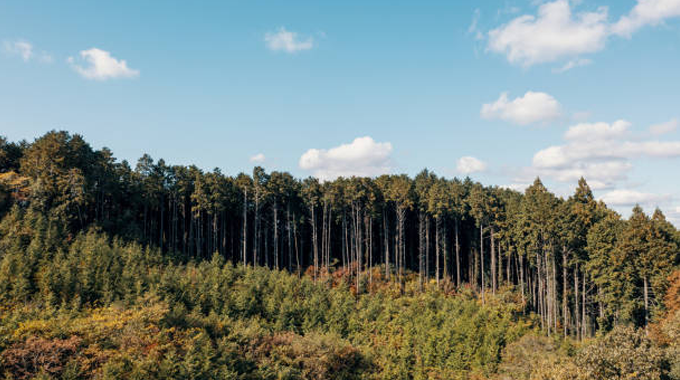
Additionally, these forests contribute significantly to carbon sequestration, playing a vital role in mitigating climate change by absorbing and storing carbon dioxide from the atmosphere.Managed forests also offer economic benefits; they can be a source of sustainable timber, non-timber forest products, and recreational opportunities, all of which can support local economies. Furthermore, well-managed forests help to maintain water quality by reducing soil erosion and filtering pollutants, ensuring clean water supplies for nearby communities.
In essence, managed forests are vital ecosystems that, when properly maintained, can provide environmental, economic, and social benefits, creating a harmonious balance between nature and human needs.
List of Benefits of a Managed Forest?
- Enhancing Biodiversity of a Managed Forest
- Carbon Sequestration and Climate Mitigation
- Economic Benefits
- Water Quality and Soil Conservation
- Social and Community Benefits
- Long-Term Sustainability
Enhancing Biodiversity of a Managed Forest

Managed forests are crucial in supporting diverse habitats, fostering environments where various species can thrive. These forests utilize techniques such as selective logging and controlled burns to create a mosaic of habitats, each supporting different plant and animal life. Selective logging, for instance, opens the canopy and allows sunlight to reach the forest floor, promoting the growth of understory vegetation which, in turn, provides food and shelter for numerous species. Controlled burns help clear out old vegetation, encouraging new growth and maintaining ecological balance. Species like the red-cockaded woodpecker and certain orchids flourish in these managed settings, demonstrating the effectiveness of biodiversity promotion techniques.
Carbon Sequestration and Climate Mitigation
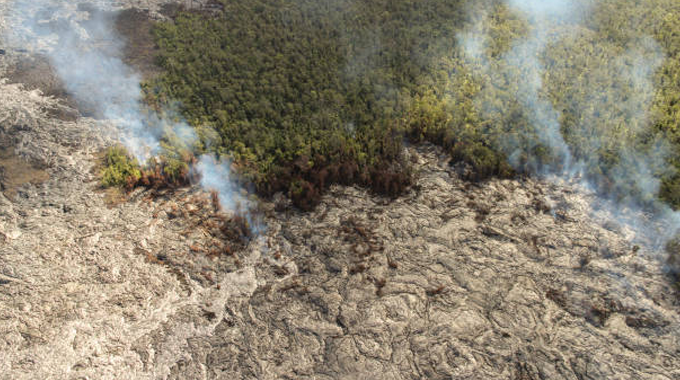
Managed forests play a vital role in absorbing and storing carbon dioxide, making them significant players in climate change mitigation. By capturing CO2 from the atmosphere and storing it in biomass and soil, these forests act as carbon sinks. Their structured management, which often includes a mix of tree ages and species, enhances their ability to sequester carbon compared to unmanaged forests. The careful maintenance and periodic harvesting of trees ensure a continuous cycle of growth and carbon absorption, significantly contributing to efforts to combat global warming.
Economic Benefits

The economic benefits of managed forests extend well beyond timber production. Through sustainable timber harvesting, these forests provide a reliable and continuous supply of wood, ensuring economic stability. Additionally, they offer a wealth of non-timber forest products such as mushrooms, berries, and medicinal plants, which can be harvested sustainably and contribute to local economies. Recreational opportunities like hiking, bird watching, and ecotourism also generate significant revenue, highlighting the multifaceted economic contributions of managed forests. These activities not only boost local economies but also foster conservation awareness and appreciation among visitors.
Water Quality and Soil Conservation

Managed forests are essential in maintaining water quality and preventing soil erosion. By reducing soil disturbance and maintaining vegetation cover, these forests stabilize the soil and prevent erosion, ensuring that sediments and pollutants do not contaminate waterways. Forests act as natural filters, trapping pollutants and sediments, which maintains clean water supplies for downstream communities and ecosystems. This process is critical for the health of aquatic ecosystems and the provision of clean drinking water to nearby populations, underscoring the environmental importance of managed forests.
Social and Community Benefits
Managed forests offer numerous social and community benefits, providing spaces for education, recreation, and cultural activities. They serve as outdoor classrooms where people can learn about ecology, conservation, and sustainable practices. Recreational activities such as hiking, camping, and bird watching offer physical and mental health benefits while fostering a connection to nature. Moreover, forests hold cultural significance for many communities, serving as spaces for traditional practices and ceremonies. Involving local communities in forest management ensures that these cultural values are respected and preserved, promoting stewardship and a sense of ownership that leads to more effective and sustainable forest management.
Long-Term Sustainability
Ensuring the long-term health and productivity of forests is a central goal of forest management. Managed forests balance ecological, economic, and social objectives to create sustainable ecosystems that benefit both nature and people. Adaptive management practices, which involve monitoring and adjusting strategies based on observed outcomes, ensure that forests remain resilient in the face of changing environmental conditions. This approach allows managers to address challenges such as pests, diseases, and climate change effectively. By prioritizing sustainability, managed forests ensure that these valuable ecosystems will continue to provide their myriad benefits for future generations.
Frequently Asked Questions (FAQs)
- What is a managed forest?
A managed forest is a woodland area actively maintained to achieve specific ecological, economic, and social goals. Management practices include activities like selective logging, controlled burns, planting, and conservation efforts to sustain forest health and productivity. - How do these forests support biodiversity?
They support biodiversity by creating a variety of habitats through practices such as selective logging and controlled burns. These activities promote diverse plant growth, which in turn supports a wide range of wildlife, maintaining ecological balance and resilience. - What role do they play in carbon sequestration?
These forests play a significant role in absorbing carbon dioxide from the atmosphere and storing it in trees and soil, helping to mitigate climate change by reducing greenhouse gases. - How do they contribute to the economy?
They contribute to the economy through sustainable timber production, providing a continuous supply of wood. Additionally, they offer non-timber products like mushrooms and berries, and recreational opportunities such as hiking and ecotourism, generating revenue for local communities. - What impact do they have on water quality and soil conservation?
They improve water quality by reducing soil erosion and filtering pollutants. Vegetation cover stabilizes the soil, preventing sediments from entering waterways and ensuring clean water supplies for downstream communities and ecosystems. - What are the social and community benefits?
These forests offer educational and recreational opportunities, serving as outdoor classrooms and spaces for activities like hiking and bird watching. They also hold cultural significance, supporting traditional practices and ceremonies. Community involvement fosters stewardship and sustainable practices. - How is long-term sustainability ensured?
Long-term sustainability is ensured by balancing ecological, economic, and social objectives. Adaptive management practices involve monitoring and adjusting strategies based on outcomes, helping forests remain resilient to challenges such as pests, diseases, and climate change. - What techniques are used to promote biodiversity?
Techniques include selective logging, which allows sunlight to reach the forest floor and encourages plant growth, and controlled burns, which clear old vegetation and promote new growth. These practices create varied habitats that support diverse species. - How do they compare to unmanaged forests in terms of benefits?
Managed forests typically offer greater benefits due to their structured approach to sustainability. They are better at carbon sequestration, support more diverse habitats, provide economic benefits, and maintain water quality and soil stability more effectively. - What is the importance of community involvement in forest management?
Community involvement is crucial for ensuring cultural values and traditional practices are respected and preserved. It promotes a sense of ownership and responsibility, leading to more effective and sustainable management practices.

Gilbert Griffin
Forestry AuthorGilbert Griffin is a forest management expert specializing in sustainable practices, forest health, conservation, and land management. With extensive knowledge in pest control, disease management, and habitat restoration, Gilbert develops strategies to preserve forest ecosystems and biodiversity. Passionate about the natural world, Gilbert adapts to changes in forest management and stays updated through continuous learning. Gilbert also provides seasonal advice to optimize forest care throughout the year.


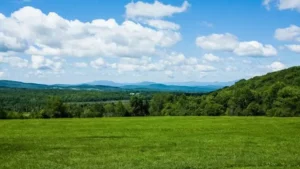
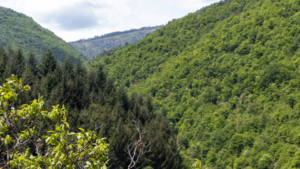

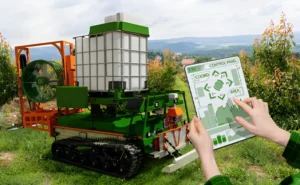




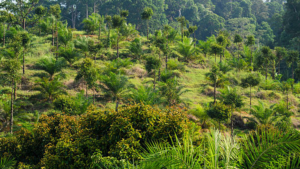


Leave your comment